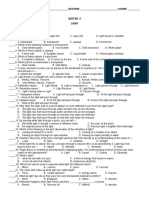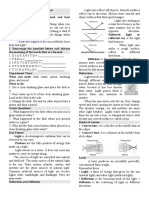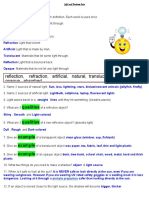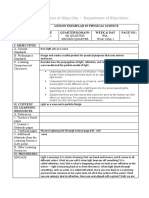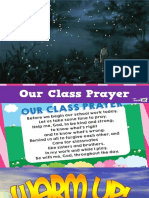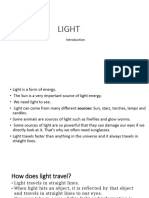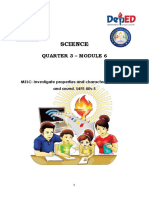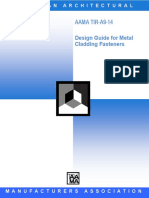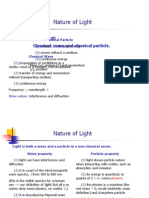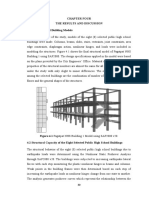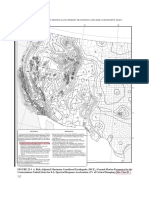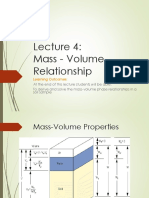0% found this document useful (0 votes)
7 views13 pagesG5 Science Study Guide
This Grade 5 Science study guide covers essential concepts about light, including its properties, behavior, and interaction with materials. It also discusses natural resources, energy types, pollution, and the water cycle, providing a foundational understanding of these scientific topics. Key terms and definitions are presented in a question-and-answer format for easy learning.
Uploaded by
Islam EzwaiCopyright
© © All Rights Reserved
We take content rights seriously. If you suspect this is your content, claim it here.
Available Formats
Download as PDF, TXT or read online on Scribd
0% found this document useful (0 votes)
7 views13 pagesG5 Science Study Guide
This Grade 5 Science study guide covers essential concepts about light, including its properties, behavior, and interaction with materials. It also discusses natural resources, energy types, pollution, and the water cycle, providing a foundational understanding of these scientific topics. Key terms and definitions are presented in a question-and-answer format for easy learning.
Uploaded by
Islam EzwaiCopyright
© © All Rights Reserved
We take content rights seriously. If you suspect this is your content, claim it here.
Available Formats
Download as PDF, TXT or read online on Scribd
/ 13

